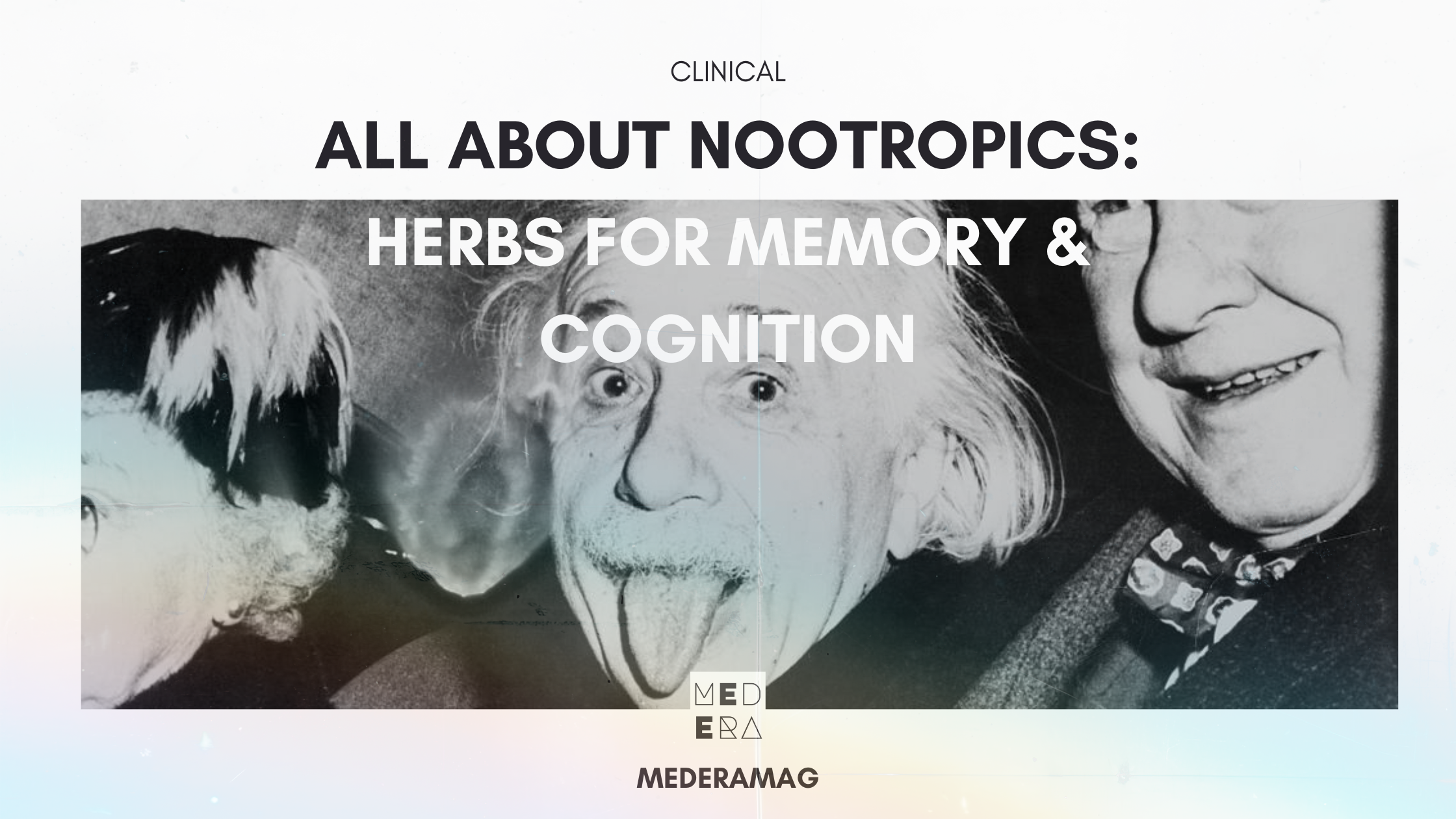
All About Nootropics — Herbs for Memory & Cognition
The growing demand for cognition and memory enhancing natural supplements has made nootropics a topic of interest lately. The term nootropic itself is actually a pharmacological term rather than one that relates to herbal medicine, and it has been adapted, you could say, to fit the profiles of certain herbs. And as you’re about to learn, there are a number of different herbs for memory and cognition.
Pharmaceutical nootropics include Ritalin and Adderall (typically prescribed for ADHD), for example. They are called nootropics because of their function — they enhance cognition, memory, focus, and mental performance. And the conditions these drugs are prescribed for are ones that directly affect mental performance and focus.
In this article, we’re delving into herbal nootropics, the challenges that some herbalists face when prescribing them, and the different ways to use herbal nootropics. We’re also going to talk about other cognition and memory-enhancing activities that you can do to support nootropic use — because we know that brain function isn’t all about taking herbs.
What are nootropics?
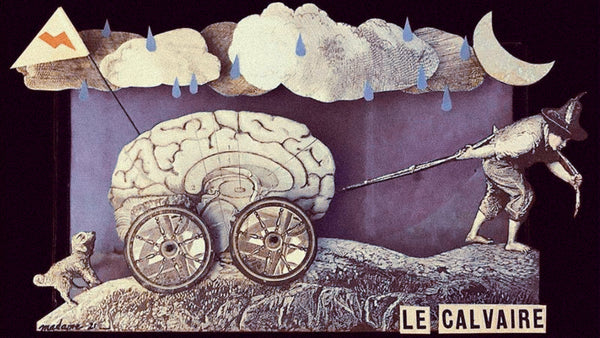
@madamedepapier
Like I just mentioned, the word nootropic is loaded with herbal or natural associations, but the first defined nootropics weren’t actually natural — they were synthetic! The first nootropic to be pharmaceutically produced was Piracetam. It was created by Dr. Giurgea who used his discovery to continue the study of nootropics. He then went on to define nootropics as drugs that enhance learning and memory, have neuroprotective effects, increase cellular communication in the brain, increases cognition under stress, and have low toxicity.
The word nootropic comes from the Greek nous (meaning “mind”) and trepin (meaning “turning”). From this etymology, we get a meaning something along the lines of mind-turning or mind-bending. Before the term was ever coined, it’s likely that humans were already using a lot of nootropics, but it’s important to remember that the term itself is pharmaceutical more than anything.
Neither the modern or traditional definitions of nootropics give us much idea how certain herbs or supplements work, and there are a vast number of substances that could fall under the nootropic umbrella. However, once we look at different herbs, it becomes quite obvious that different nootropics affect the brain in different ways, ultimately having a different role to play in different brain “afflictions”.
In terms of nootropic herbs (as well as pharmaceuticals when you think about it), there is almost always a stimulating quality. Stimulants typically excite the cellular communication in the brain, but some herbs focus primarily on the brain and others are overall physically stimulating. The stimulating effect sends blood to the brain, luring it into action.
Differentiating nootropics from adaptogens and nervines.
For those interested in venturing down the rabbit hole of nootropics, it becomes increasingly important to differentiate them from adaptogens and nervines. Adaptogens and nervines are both overarching categories of herbal actions the same way that nootropics are. Within them, there are lots of herbs that have lots of different actions, often ones that look similar to nootropics.
Adaptogens
Nootropics are often confused with adaptogens. Adaptogens are herbs that help a person to “adapt” to stress by working on the individual’s resistance. The result of using adaptogens might be more energy, greater resistance to illness, and the ability to handle stressful situations with a little more grace.
What makes adaptogens different to nootropics is that they work on the person’s resistance — not directly on brain function. A person might notice some cognitive improvements after using adaptogens, but these aren’t a direct result of cognitive-enhancing compounds. Rather, they are the result of a person’s adaptation to stressful environments.
Some common adaptogens include Ashwaghanda and Astragalus.
Nervines
Nervines are, again, herbs that work on the central nervous system. They do not work directly on the brain, per-se, but they are focused on the central nervous system whose home is in the brain.
The primary difference between nervines and nootropics is that nervines are specifically used in afflictions of the central nervous system. Insomnia, depression, anxiety, and spasmodic conditions are some examples of central nervous system dysfunction.
Nootropics, on the other hand, might have some overlaps with nervine herbs, but their specific use wouldn’t necessarily be in nervous system disorders, but in any disorder that affects cognition and memory.
Common nervines include Passionflower and Lemon Balm.
How do you choose a nootropic herb?
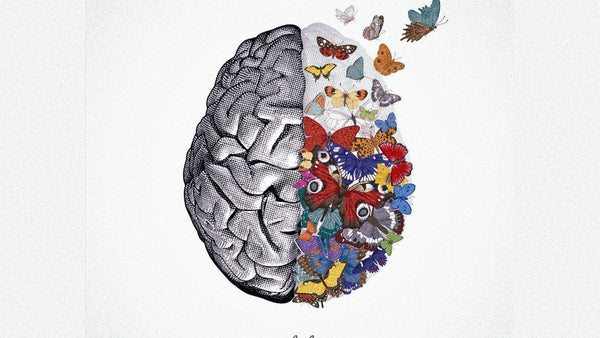
@saraillamas
Whether you’re a practising herbalist or an herb enthusiast, how do you know how to choose a nootropic herb? Actually, this question comes up with virtually all kinds of herbal categories. Why?
We are used to having a single drug prescribed for a single disease. For example, Metformin is used to treat Type 2 Diabetes while Indapamide is used to treat high blood pressure. It doesn’t work that way with herbs.
Herbs contain myriad compounds that have a range of actions, and so there’s no herb that’s indicated for a specific disease. A formula is typically created based on a person’s temperament, their affliction, their medical history, and whether or not they’re using other herbs or medications. So you can’t say that “X herb is used for X disease”.
The same applies for nootropics. Some nootropics are overall stimulating in nature (we’ll go through some in this article), and are therefore probably not the best nootropic choice for somebody who suffers from insomnia or a hyperactive mind. It’s important to acknowledge which aspect of the nootropic spectrum you’re on — is your memory lacking, do you have problems focusing, or do you feel discontinuity when generating ideas?
Once you’ve answered those questions, you have to wonder how you got there in the first place. Has your memory always been a little weak or is it recent? Are you pregnant? How old are you? See how these factors can start to paint a picture of why you might be having brain fog or trouble focusing, for example? If you’ve got Alzheimer’s disease, your nootropic treatment is going to be very different to a pregnant woman experiencing brain fog!
This is what makes it hard to prescribe nootropics. If you look at the nootropic category of herbs as a single entity, your herbal choices or prescriptions will never be quite perfect. Instead, it’s better to look at each herb or supplement as an entity all on its own, how it works, and what kinds of cognitive effects it has.
Without further adieu…
Herbal nootropics.
I’ve said it too many times — nootropics are numerous and many, they are herbal and pharmaceutical. Some of them are even fungal. But we’re not talking about nutritional supplements, fungi, or pharmaceutical drugs in this article. We’re looking specifically at herbal nootropics, their mechanism of action, and what they might commonly be used for.
Brahmi — Bacopa monnieri.
Not to be confused with other herbs commonly called Brahmi, Bacopa monnieri (B. monnieri) isn’t just a nootropic — it’s one of the most important nervine herbs of Ayurvedic medicine. According to Ayurvedic medicine, B. monnieri is used to revitalize the brain and to remove any blockages in the central nervous system. It’s found in multiple Ayurvedic formulas for cognitive dysfunction.
Its most common applications are as a neural tonic and as a memory enhancer.
Triterpenoids called bacosides are thought to be behind the nootropic and memory enhancing effects of B. monnieri. In clinical research, B. monnieri has shown hepatoprotective, neuroprotective, and antioxidant activity.
It’s neuroprotective and antioxidant activity is exhibited through its ability to increase cerebral blood flow and modulate neurotransmitters such as dopamine. There is evidence to support the use of B. monnieri in the treatment of dementia, Parkinson’s disease and epilepsy.
Energetically, it’s cooling, astringent, bitter, and sweet. This makes it an especially useful nootropic herb in those whose heads are full of heat and inflammation, such as those who also experience migraines, giddiness, nausea, and otherwise constricted cerebral blood flow (as B. monnieri helps to resolve heat-related blockages). It’s important to remember that it doesn’t mean B. monnieri is a treatment for migraines! It would simply make a great nootropic addition to a formula for that kind of individual.
Rhodiola — Rhodiola rosea.

Rhodiola rosea (R. rosea) is another prized herb pretty much across the world. Its uses possibly originate in Russia and Siberia, but grows all the way to Sweden and Atlantic shores — so it’s really been enjoyed on almost all continents.
It’s both an adaptogen and a nootropic herb and also has very useful applications in both men and women’s sexual health. R. rosea is used to boost endurance, reduce fatigue, and increase productivity, both physically and mentally.
In clinical research, R. rosea has shown memory enhancing properties, as well as improving learning abilities under stressful conditions. It can be used as a preventative measure for Alzheimer’s; it shows neuroprotective qualities through its antioxidant activities, and may lower the risk of Alzheimer’s while improving memory, cognition, and learning.
Interestingly, R. rosea is contraindicated in bipolar, mania, and paranoia. It’s also not recommended for those with insomnia as it’s highly stimulating. Finally, R. rosea, like a number of other nootropics (especially psychedelic ones) affects MAO neurotransmitters in the brain, and it’s therefore not recommended for those who are using antidepressants.
R. rosea’s energetics are cooling, drying, bitter, and sweet, much like B. monnieri’s. Therefore, it’s best applied in conditions of heat or where heat and damp are present together. R. rosea is best used as a nootropic addition to formulas for those with chronic fatigue symptoms.
Gotu kola — Centella asiatica.
Here we have another stimulating herb that works primarily as a venous tonic. However, unlike other nootropics, Centella asiatica (C. asiatica) is actually a very relaxing, soothing, anxiolytic herb.
It’s hypothesized that C. asiatica works through GABA-ergic mechanisms. GABA is a neurotransmitter, and the most important inhibitory one of the central nervous system. That basically means that GABA is the “off” switch for the central nervous system.
Many of our cognitive ailments can be explained by an inability to turn off. For example, anxiety, insomnia, and depression might all have something to do with an imbalance of GABA. The inability to sleep can lead to brain fog, as can depression; anxiety can lead to an inability to focus.
Therefore, by working through GABA-ergic mechanisms, C. asiatica is both a nervine and a nootropic. It may also inhibit the activity of acetylcholinesterase, an enzyme that breaks down acetylcholine. This may lead to neurite growth and overall better learning and memory, and this mechanism of action makes it particularly useful for healthy ageing.
Sage — Salvia officinalis.

Sage didn’t get its name for no reason. It was first recognised by Pliny the Elder as an herb that improved memory. It was used as both a restorative and stimulant tonic, and interestingly, it was said to have different effects depending on how it was prepared.
For example, a hot tea, according to Matthew Wood, increases internal secretions such as breast milk. A cold tea reduced internal secretions.
And so here, nootropic benefits begin to emerge. Astringent qualities, especially for the brain, help in the reduction of brain fog. As a woman’s herb, it’s especially useful in women who experience brain fog as a symptom of menopause. Matthew wood says that menopause is a perfect indication for Salvia officinalis.
Modern clinical research suggests that Salvia officinalis’ actions are based in GABA-ergic and cholinergic mechanisms.
The role of psychedelics in herbal nootropics.

When I mentioned the fact that humans were probably using nootropic substances long before there was actually a term for it, I was talking about psychedelics. The very etymology of “nootropic” says a lot — mind bending.
Another factor in taking nootropics sustainably is toxicity. For a nootropic to be a true nootropic, it should have low toxicity. The fact that psychedelic substances such as magic mushrooms, ayahuasca, and cannabis intoxicate a person, it could reasonably be argued that their toxicity is too high to make them sustainable nootropics.
However, psychedelics aren’t typically consumed the same way other herbal nootropics are. For example, a person may have to take a sage tincture for months before noticing the nootropic effects. With psychedelics, a person is able to feel nootropic effects long after a single dose; and herein lies a counterargument to toxicity.
One recent Spanish study showed how dimethyltryptamine, a.k.a. DMT, exhibits nootropic effects. Researchers observed regulation of neural proliferation and the generation of neurons in the hippocampus. In an older study, researchers found that psychedelics may activate the 5HT2A receptor, the activation of which is responsible for neurogenesis in the neocortex.
Thanks to a 60 year moratorium on psychedelic research, there is a shameful amount of research on the psychedelic plants that our ancestors used for all matter of ailments. Anecdotally, virtually all psychedelic substances can be attributed nootropic qualities, some of which seem to be very important for cognitive problems such as CTE, Parkinson’s, and Alzheimer’s.
The lack of research doesn’t mean that these therapeutics aren’t slowly making their way into the clinical space. They are. But we have about a hundred years of research to catch up on when it comes to psychedelic substances compared to other herbal medicines.
Nootropics are a wonderful addition to formulas to support the cognitive performance of each person. But it’s equally important to choose the right one — or to choose a more appropriate cognition enhancing herb such as a nervine or adaptogen. The choice will vary depending on the person, their specific ailments, and the underlying cause.
Have you used nootropic herbs before? What did you use them for and which ones? Let us know in the comments!


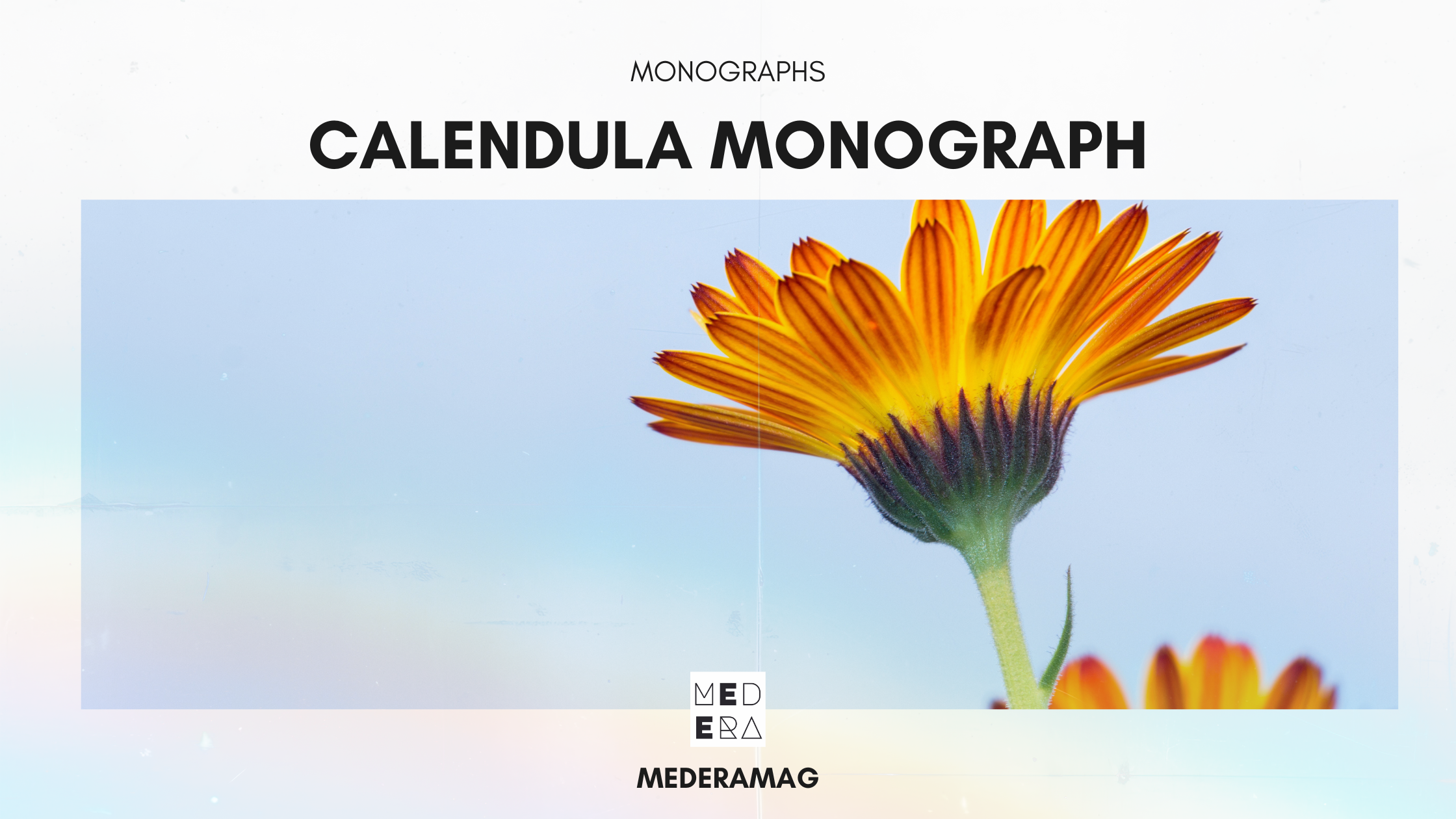

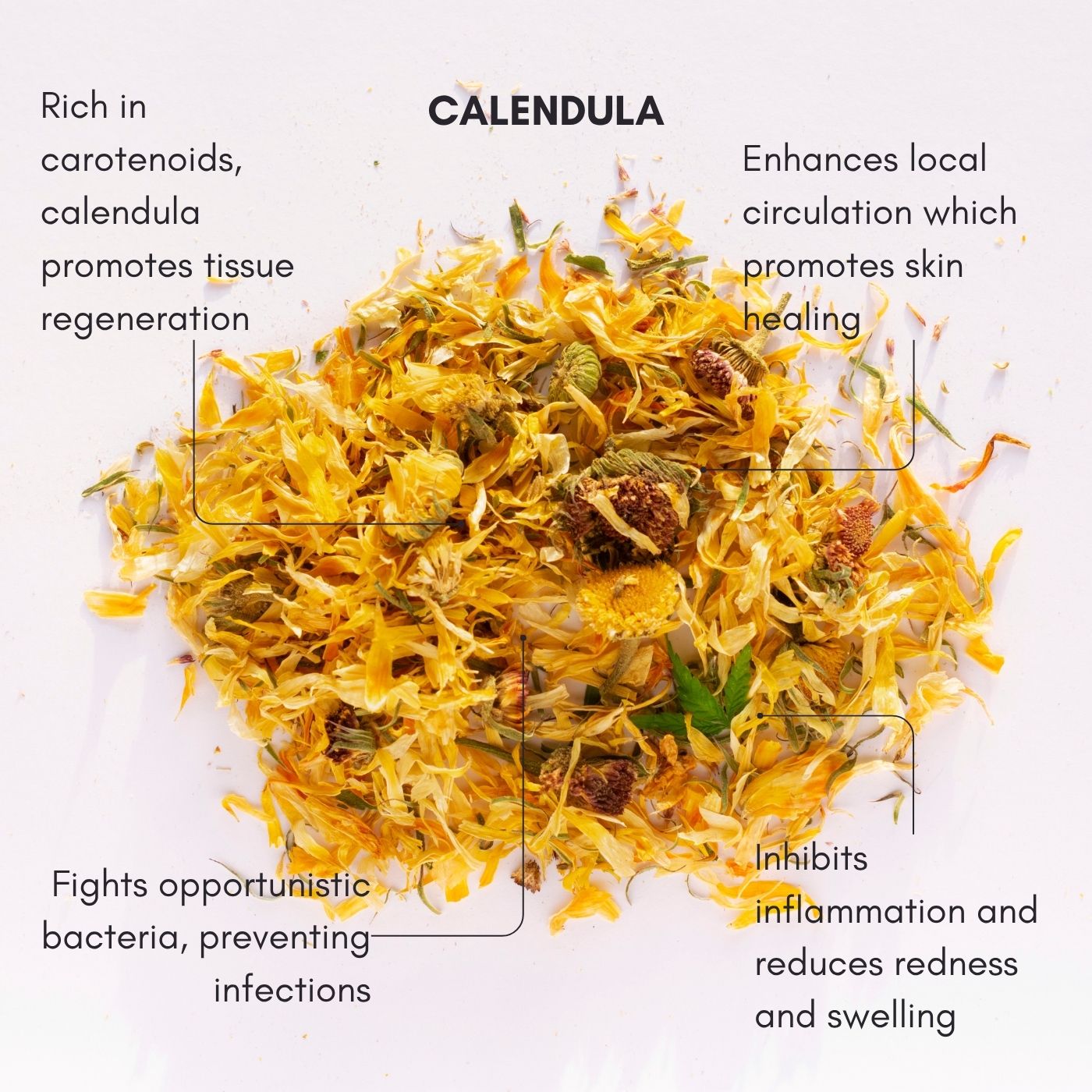
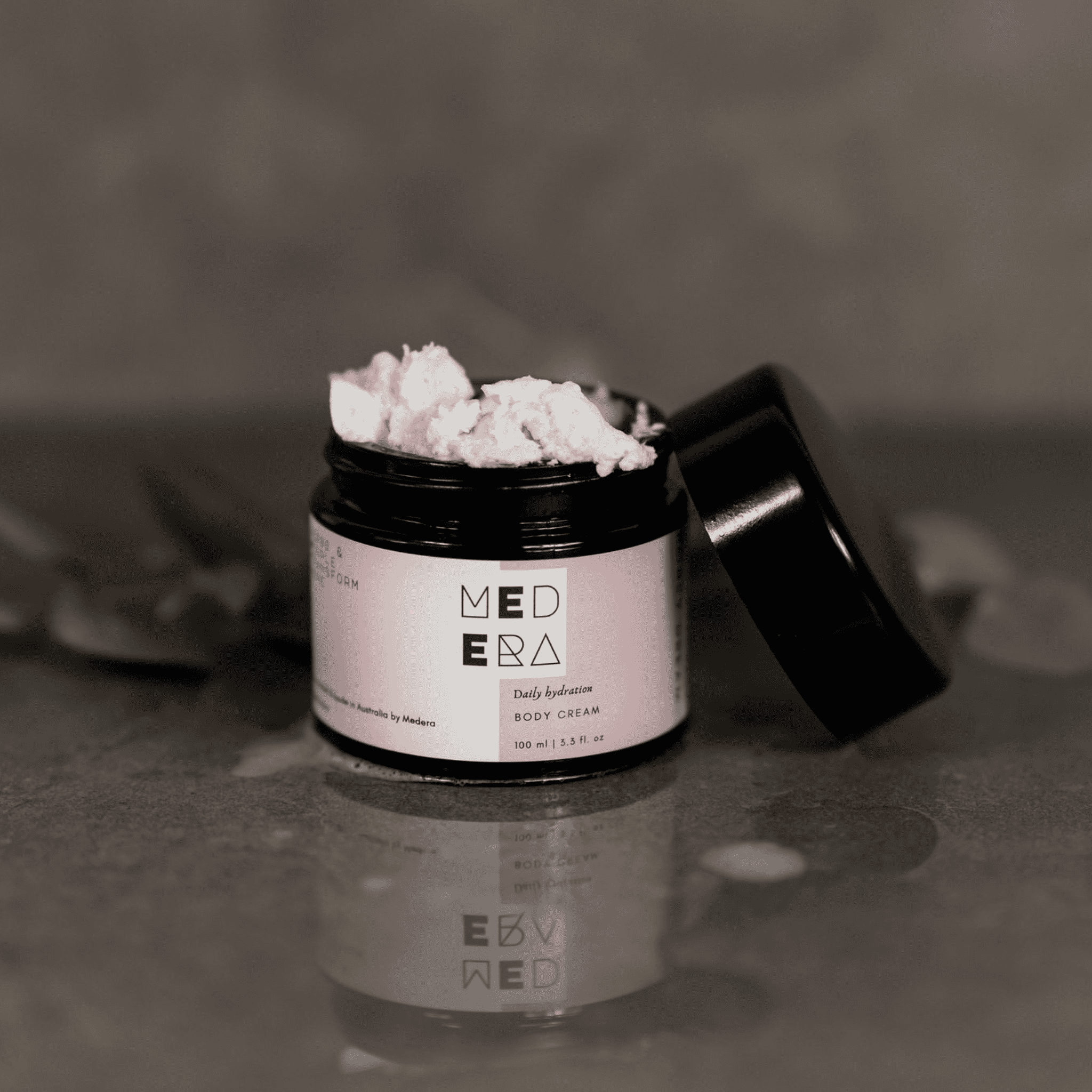
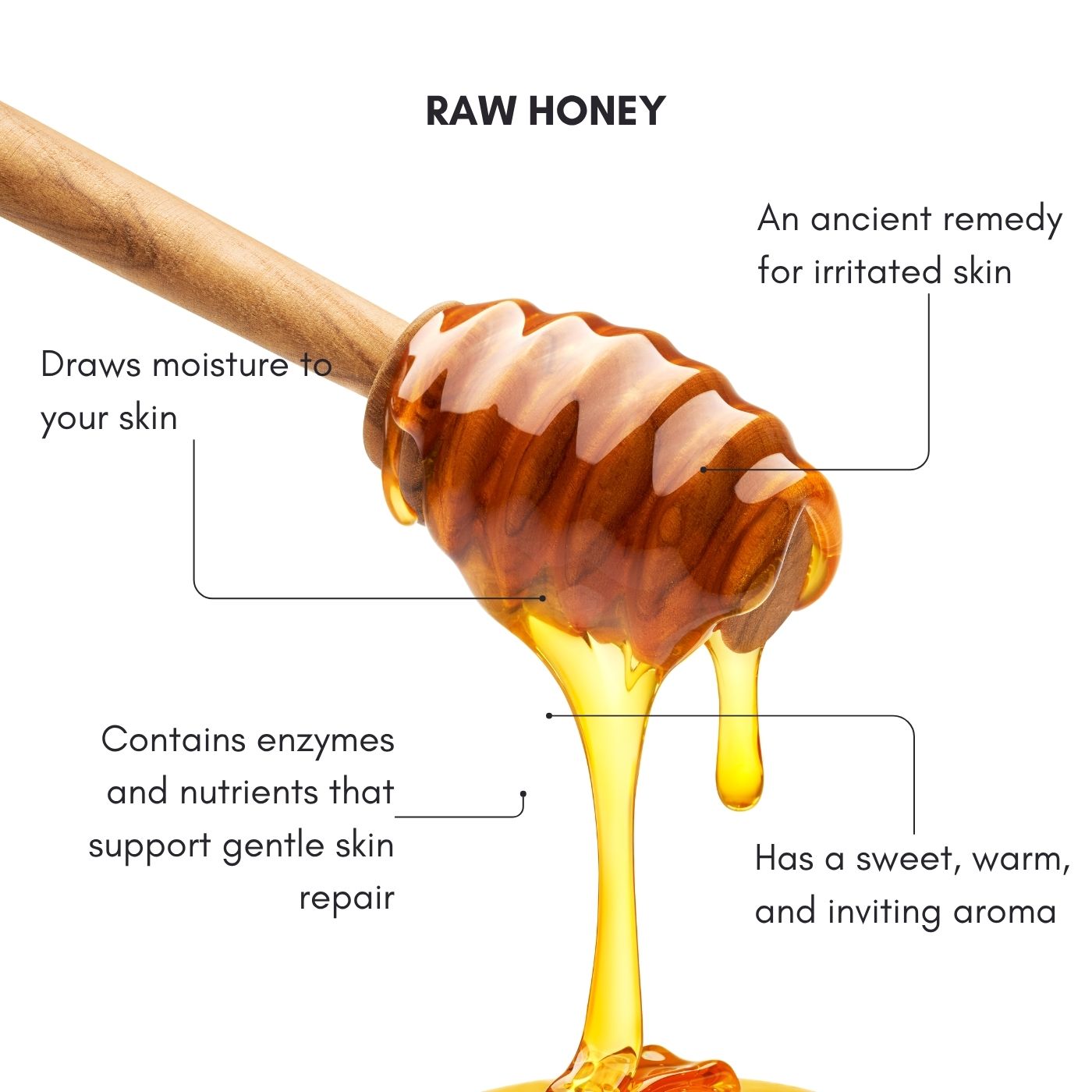
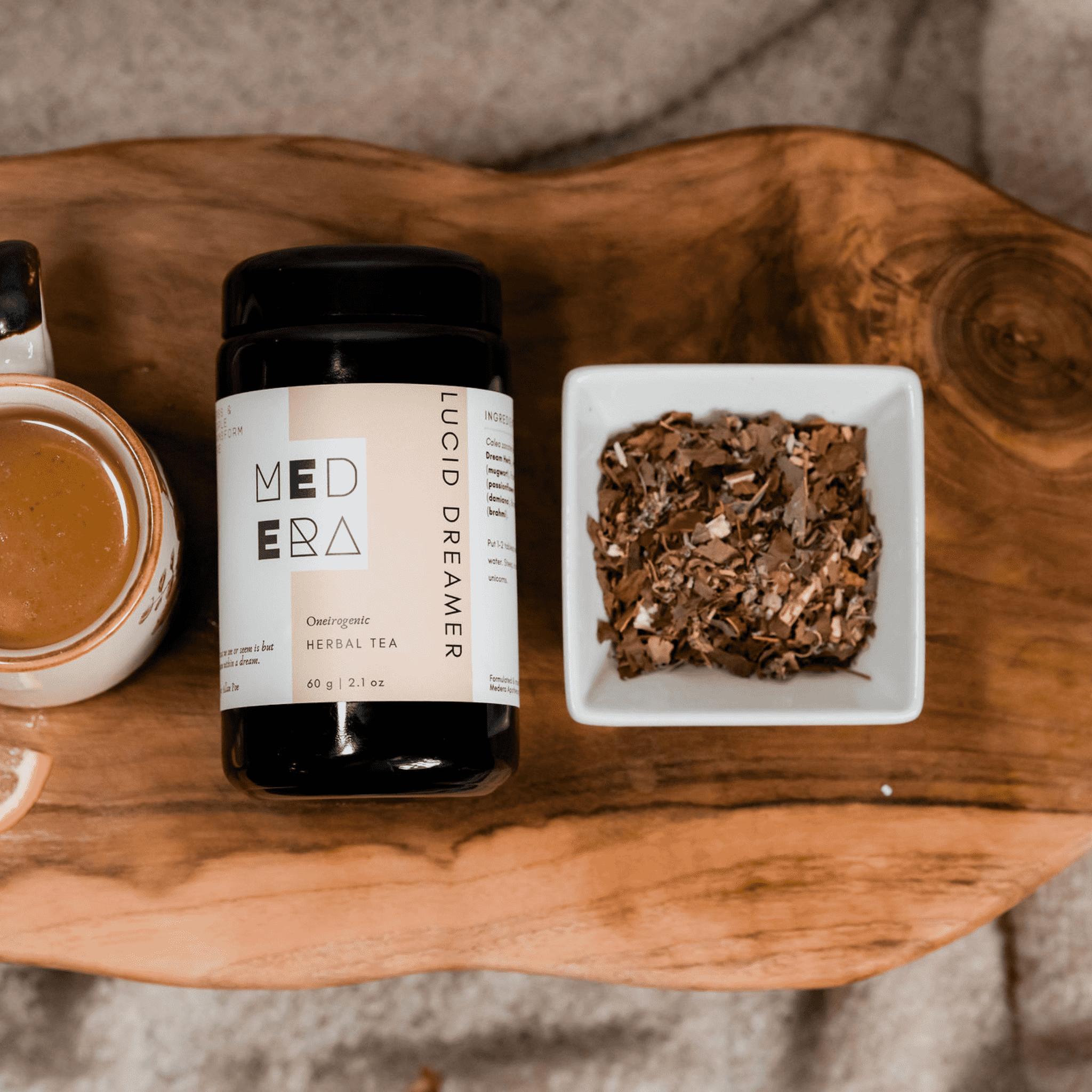
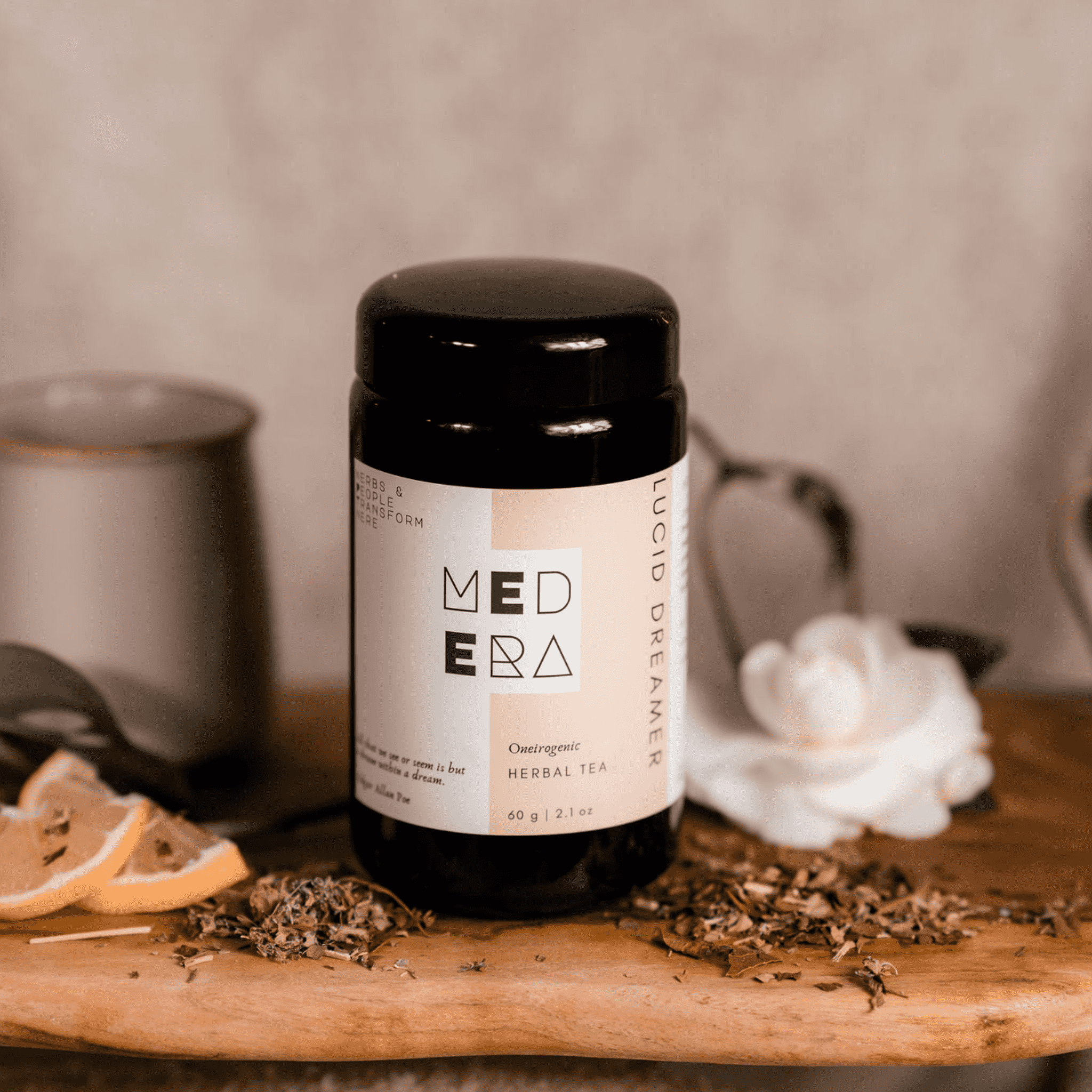
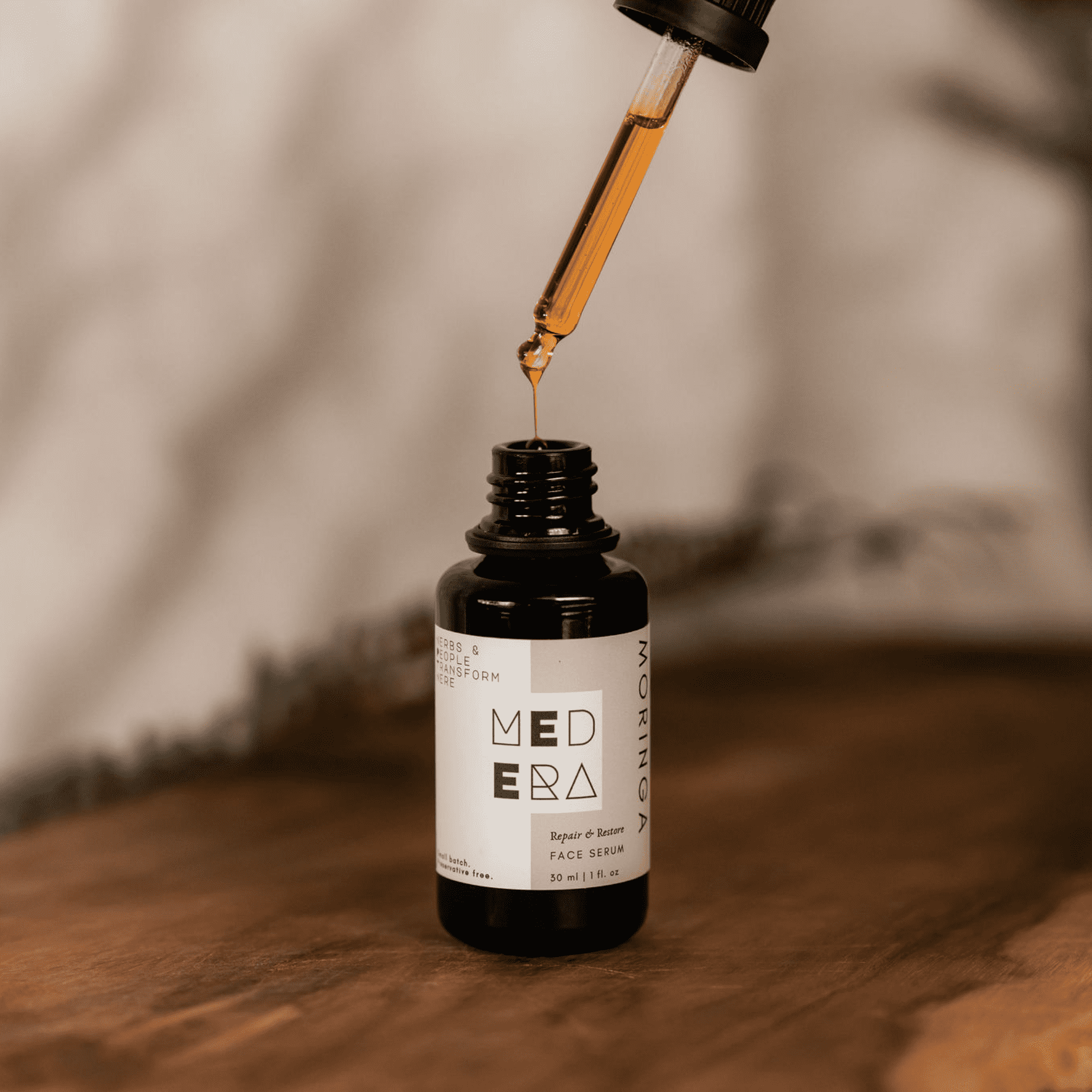
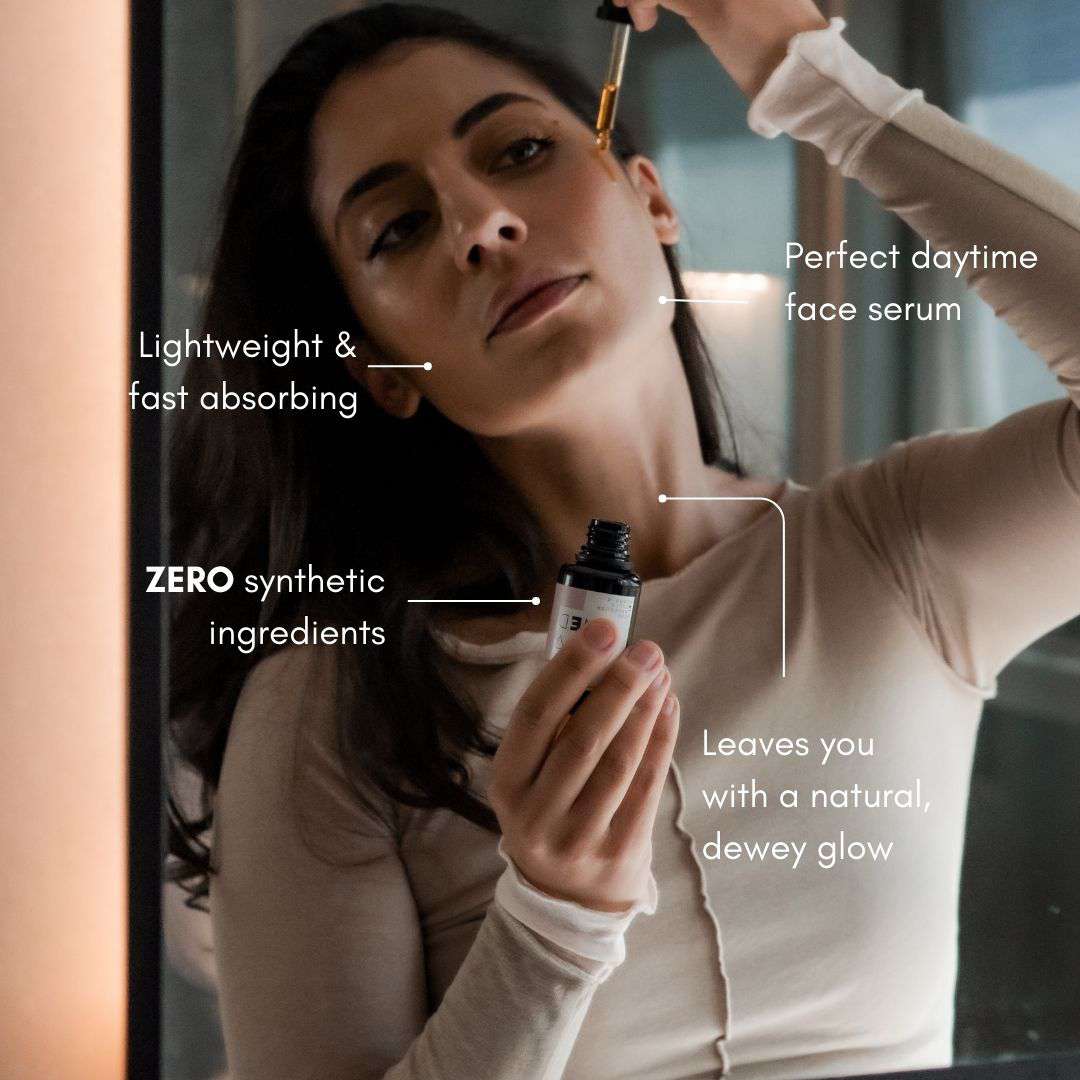

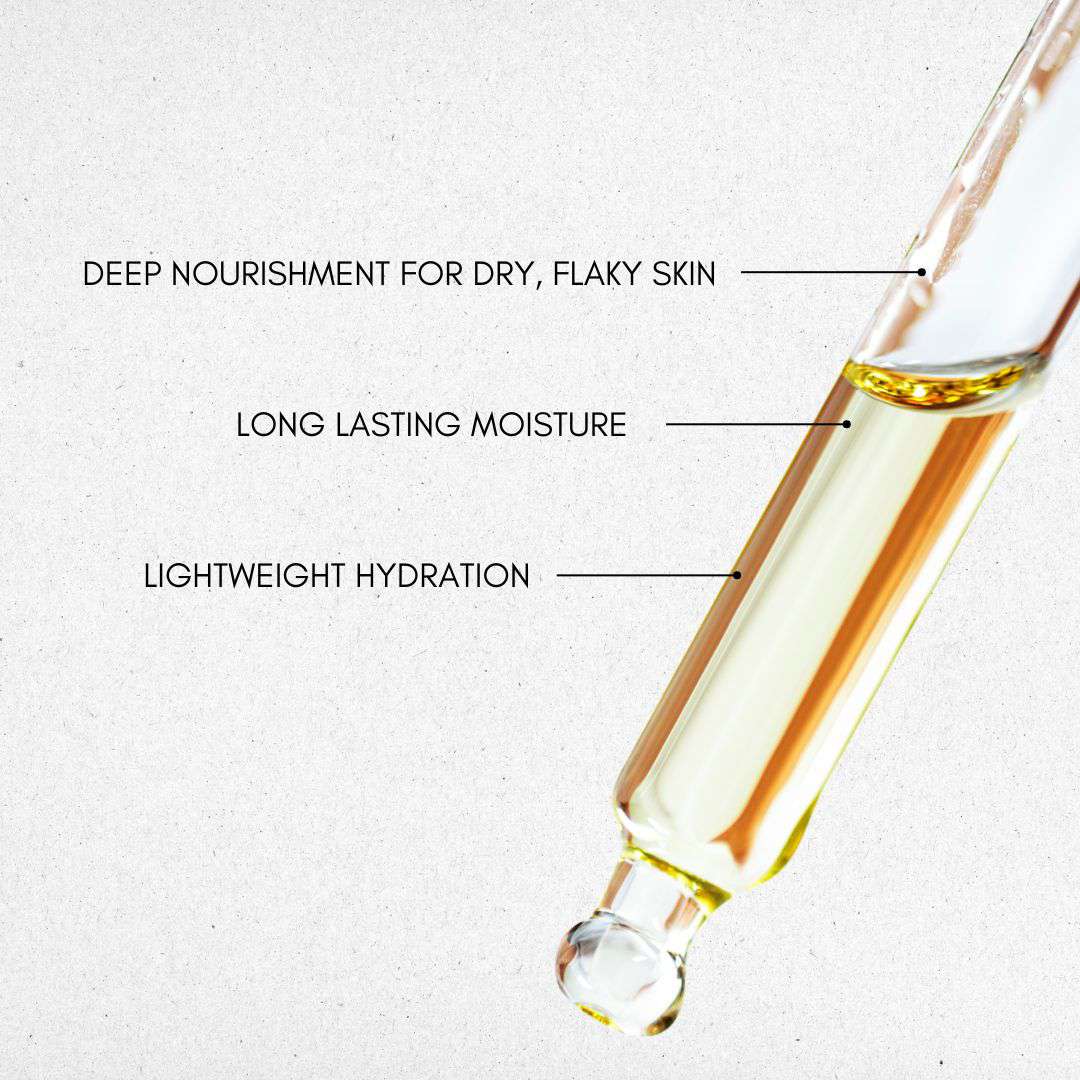
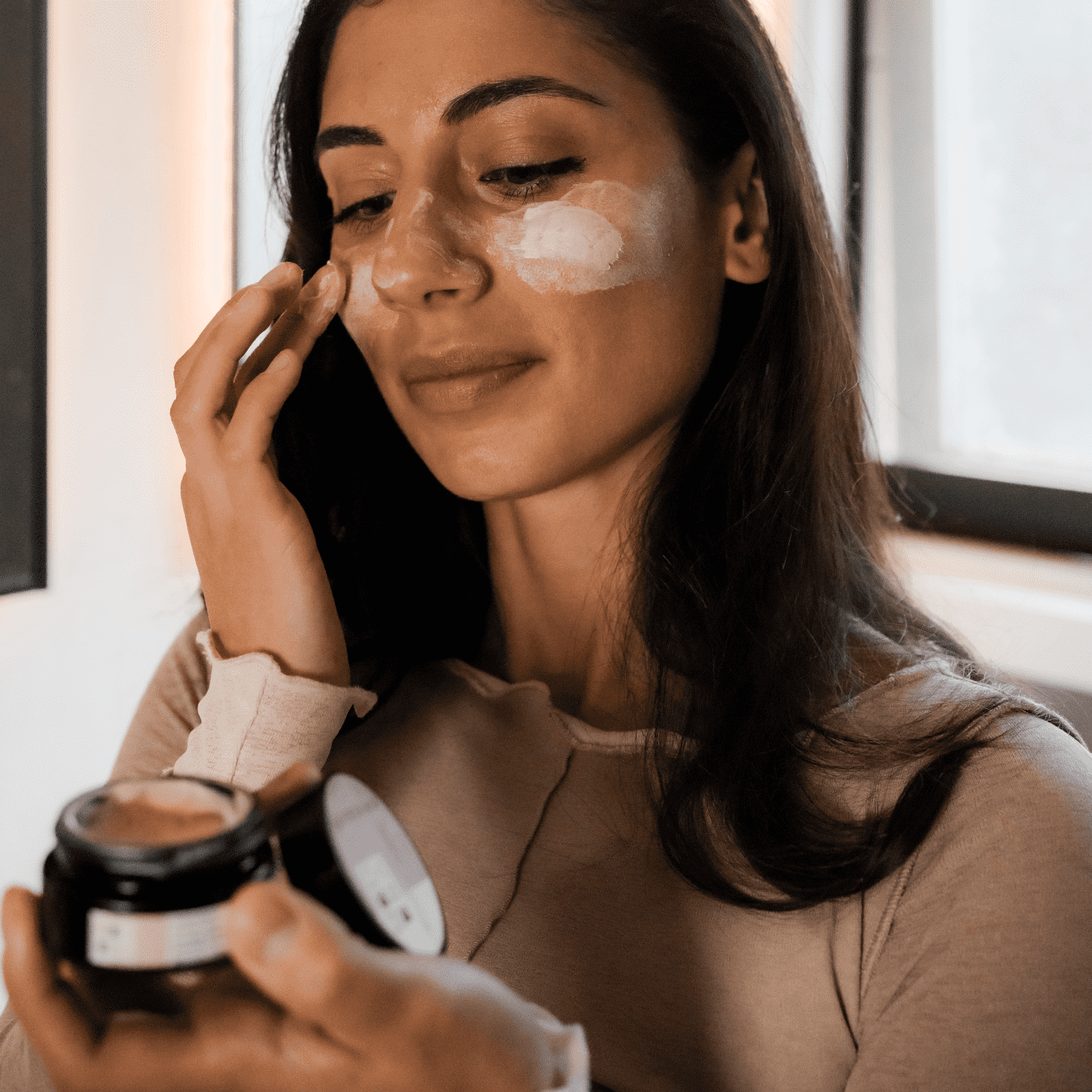
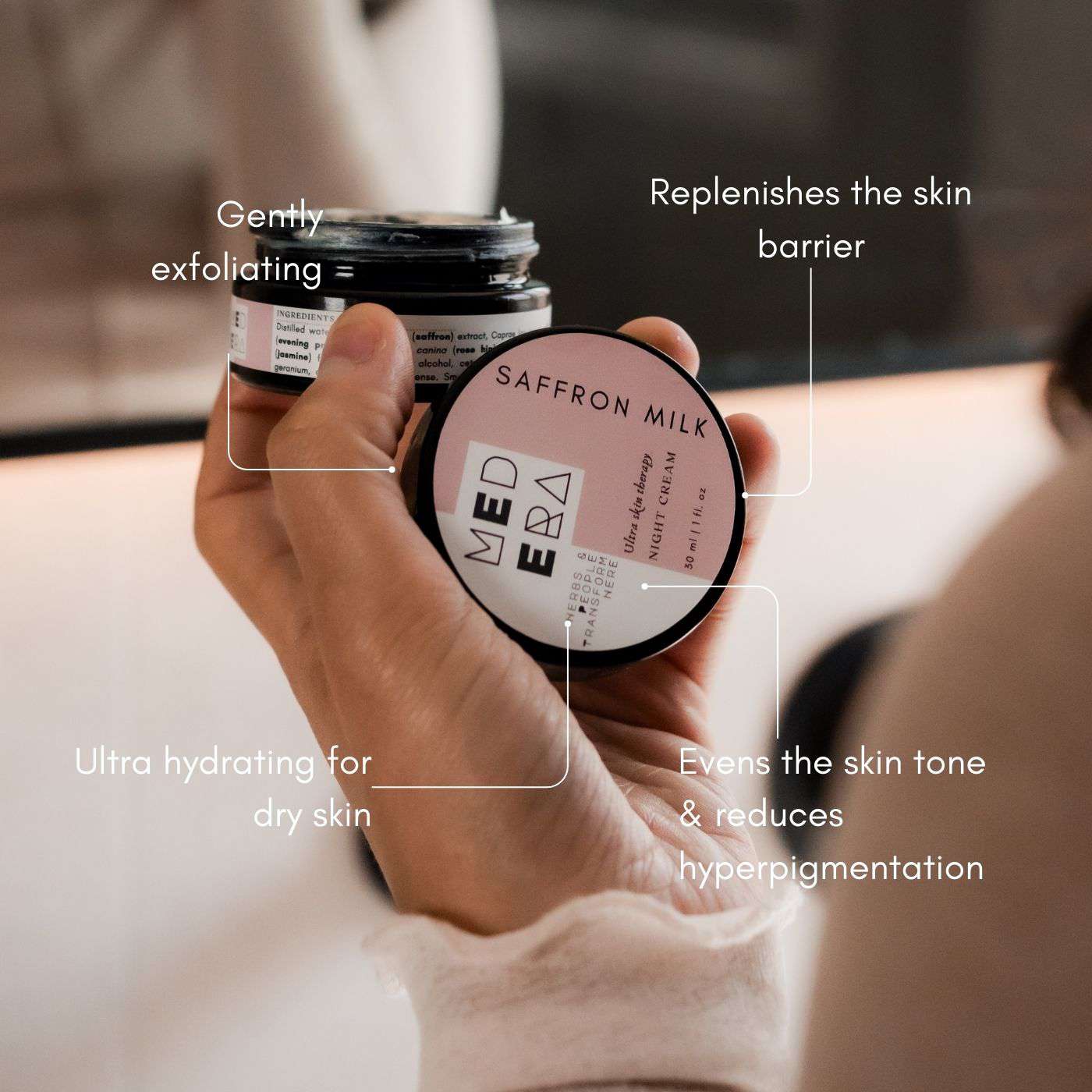

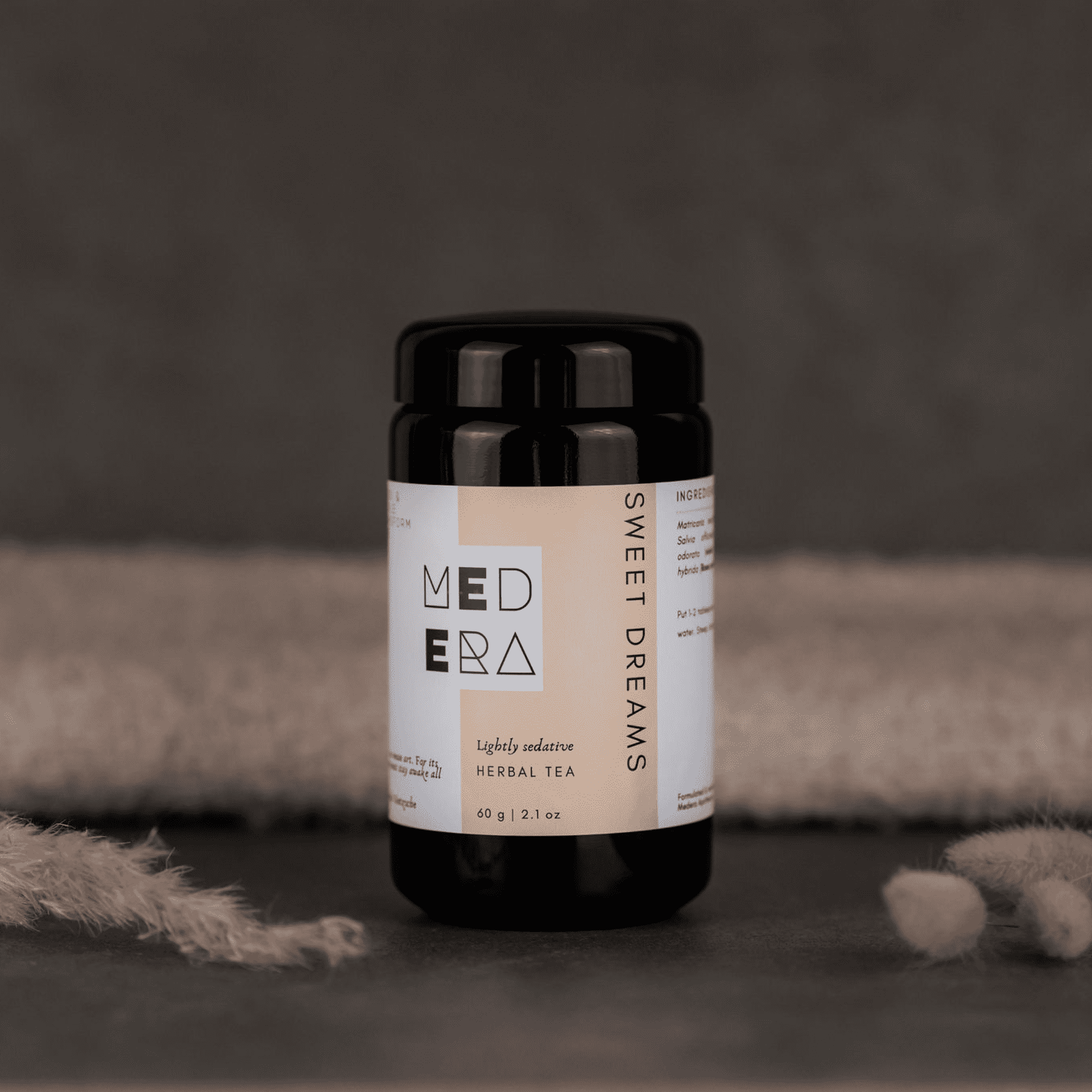
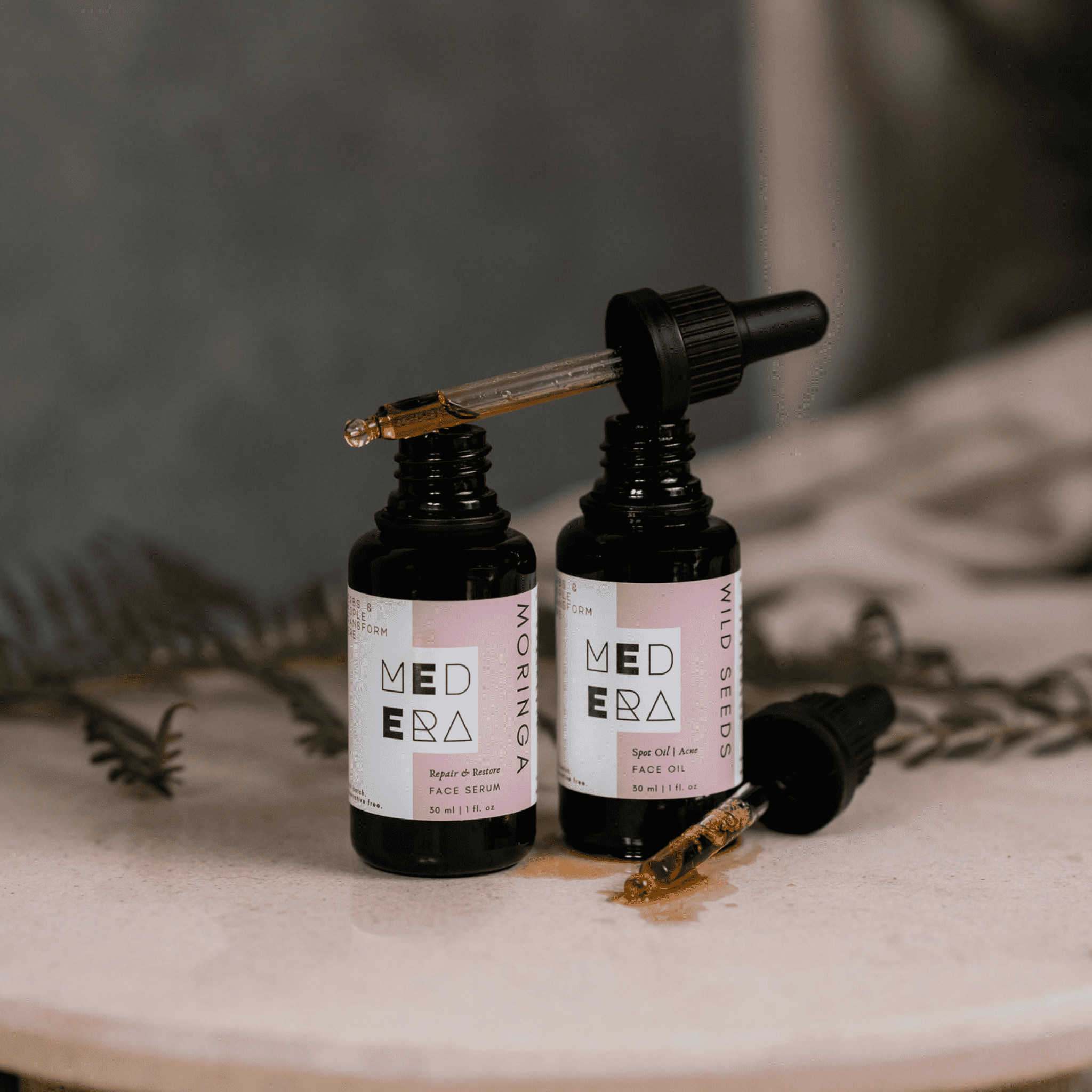
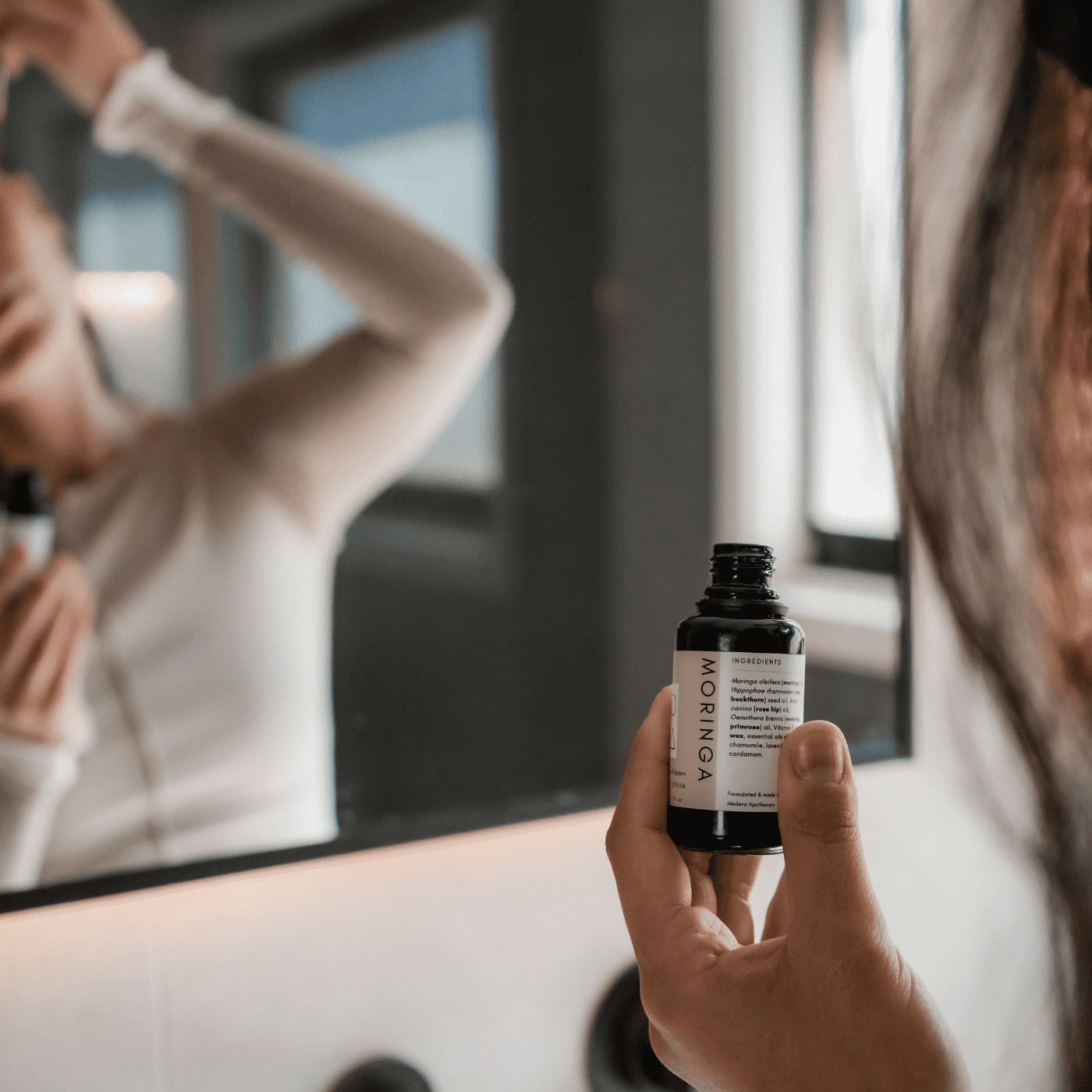
Leave a comment
This site is protected by hCaptcha and the hCaptcha Privacy Policy and Terms of Service apply.